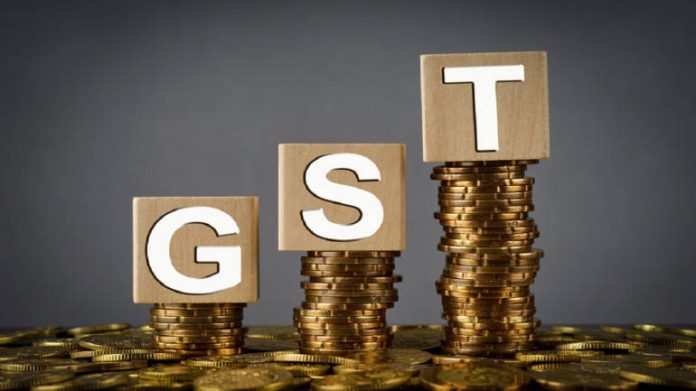The analytics company to be roped in will have the mandate for designing and developing a Fraud Analytics System.
GST Network has invited bids from private entities for “360-degree” profiling of taxpayers for early detection of fraud as it seeks to transform into an end-to-end platform for checking GST evasion, from being just a tax collection portal.
The analytics company to be roped in will have the mandate for designing and developing a Fraud Analytics System. GST Network has however barred Infosys from bidding for the project to avoid conflict of interest.
The system will take about an year to be operational and leverage existing data pertaining to GST registration, return filing and e-way bill, along with the information from other external sources such as Financial Intelligence Unit (FIU), Central Board of Direct Taxes (CBDT), banks and state tax departments.
According to the eligibility criteria, the interested bidder will need to have a turnover of Rs 300 crore and should have posted profit in the past three financial years. Also, it should have experience in implementing Advanced Analytics, the GSTN said in the Request For Proposal (RFP).
The fraud analytics company would be tasked with establishment of taxpayer’s identity. “Based on information available within GSTN as well as third party information, it is expected to reliably establish the identity/360 degree view of the taxpayer and key members of its management,” said the RFP.
It would also establish taxpayer’s risk profile by analysing information on purchasers and sellers as part of returns data, whether the taxpayer deals with sensitive or evasion prone commodities, history of the owner of the company as well as rapid change of promoters, among others.
The company, to be appointed for 6 years, would also be required to suggest ways to prevent revenue leakages and forecast revenue growth and other econometric analysis for policy formation.
It can also suggest changes in laws, rules/ procedures based on fraud detection to plug loopholes and identify material/evidences which may be shared with tax authorities for prosecution of fraudulent taxpayers.
To ensure that there is no conflict of interest, the GSTN has barred Infosys from bidding for the fraud analytics project.
Infosys had in 2015 won the Rs 1,380-crore deal for developing and running GSTN’s backend software and hardware. The indirect tax reform, GST subsumed over a dozen local taxes and was rolled out from July 1, 2017.
GSTN has in the bid document mandated that the bidder should develop adequate capability for data storage and calculating complexity of data. “In the near future, GSTN is likely to experience an ‘explosion’ in the amount of data in its transactional systems,” the GSTN said.
“The figure of data is likely to have quantum jump when the system such as E-way Bill data, external agency data like CBDT, information from banks, Ministry of Corporate Affairs, Shops and Establishments Department, other Government and non-government agencies etc. which will be integrated with the GST fraud analytics system,” it added.
To ensure full confidentiality of data, GSTN has mandated that the eligible bidder would have to ensure a separate section within their office premises for undertaking the fraud analytics project.
GSTN may also place one or two of its employee there for monitoring. “GSTN may, in case required, provide desktops and laptops for day-to-day operations for carrying out fraud analytics,” said the RFP.
Besides, the people involved in the project would not be allowed to “carry any storage device such as USB sticks etc. to GSTN premises”.
The GST Council, chaired by Finance Minister Arun Jaitley and comprising state counterparts, last week approved converting GSTN into a wholly owned government company. Currently 51 per cent stake in GSTN is held by private entities and 49 per cent by the Government.


